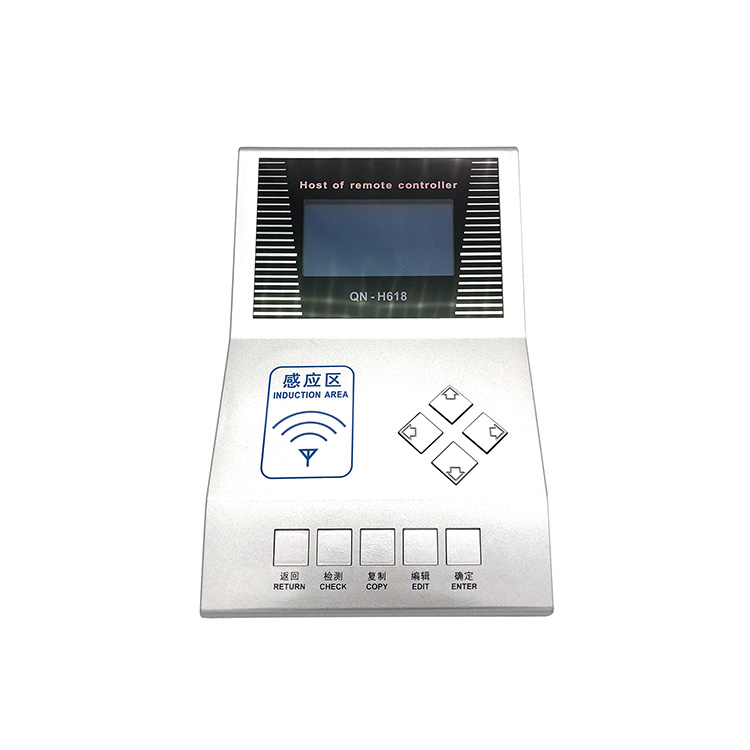Frequency meters are essential tools used in various industries and applications to measure the frequency of electrical signals accurately. Whether it's monitoring power distribution systems, troubleshooting electronic equipment, or ensuring the stability of electrical grids, frequency meters play a crucial role. But how do they work? In this article, we'll delve into the principle of operation behind a frequency meter.

What is Frequency?
Before we explore how frequency meters work, let's clarify what we mean by "frequency." In the context of electrical signals, frequency refers to the number of cycles or oscillations that occur in one second. It is typically measured in Hertz (Hz). For example, if a signal completes 50 cycles in one second, its frequency is 50 Hz.
The Principle of Operation
The core principle behind a frequency meter is based on measuring the rate at which a signal alternates or oscillates within a specific time frame. There are several methods to accomplish this, but one of the most common and reliable techniques is to use a counter and time measurement.
Here's how it works:
1. Signal Input: The frequency meter is connected to the electrical circuit or signal source whose frequency needs to be measured.
2. Signal Conversion: The incoming electrical signal is often transformed into a square wave signal with a consistent amplitude and pulse width. This square wave makes it easier to count cycles.
3. Counting Cycles: The square wave signal is then fed into a counter circuit within the frequency meter. The counter keeps track of the number of rising or falling edges of the square wave, effectively counting the cycles that occur.
4. Time Measurement: Simultaneously, a precise time measurement is taken. Typically, this is done using an internal crystal oscillator or an external time reference like a GPS clock. The time measurement serves as the denominator in the frequency calculation.
5. Calculating Frequency: The frequency meter calculates the frequency by dividing the number of counted cycles by the time elapsed during the counting process. The result is expressed in Hertz (Hz) or another relevant frequency unit.
Benefits and Advantages
The principle of operation behind frequency meters offers several advantages:
Accuracy: By counting cycles and measuring time precisely, frequency meters provide highly accurate frequency measurements.
Versatility: Frequency meters can measure a wide range of frequencies, from extremely low frequencies to microwave frequencies, making them versatile tools in various fields.
Real-time Monitoring: They enable real-time monitoring of electrical signals, helping identify anomalies and deviations from the desired frequency.
Frequency Stability: Frequency meters contribute to the stability and synchronization of electrical systems, ensuring proper functioning.
Troubleshooting: In electronics and electrical engineering, frequency meters are valuable for troubleshooting and diagnosing issues.
In Conclusion
Frequency meters are indispensable instruments for measuring the frequency of electrical signals accurately. Their principle of operation, which involves counting cycles and measuring time, ensures precision and reliability in a wide range of applications. Whether in laboratories, power plants, or telecommunications, understanding the principle behind frequency meters is fundamental for ensuring the proper functioning of electrical systems and equipment.

-
Office ViewQinuo Electronics Co., Ltd.was founded in 2009,it is a high-tech company that integrated R & D, manufacturing, sales and service for 15 years,which is mainly specialized in providing sensors of automatic door, control system of door and gate, car key remote, auto parts etc. The company currently has four independent brands: U-CONTROL, U-SENSORS, U-AUTOGATES and U-AUTOKEYS.
-
got questions? call us
+86 13960286508
-
fax :
+86 595 22901208 -
Email :
[email protected]
-
address
- No.991 Xingxiu Road,Taiwanese Investment Zone, Quanzhou, Fujian Province,P.R.China











